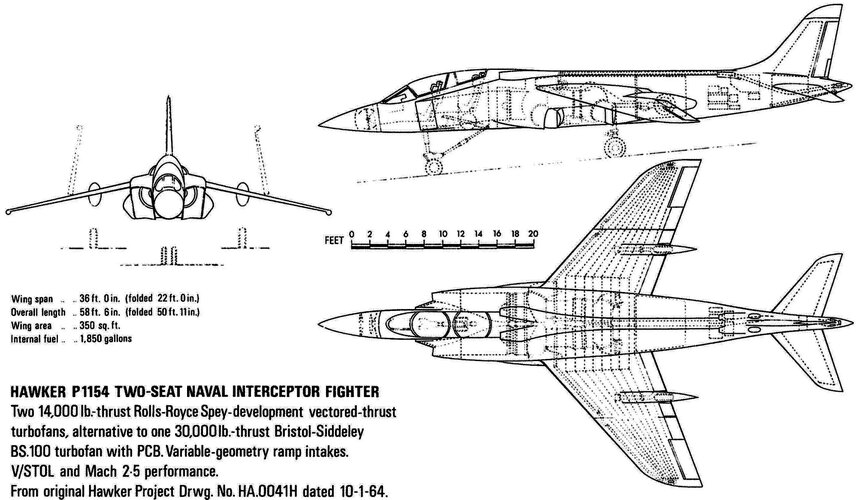We should not AH promote Supermarine beyond their span. (See threads/supermarine-scimitar-and-related-projects.23320/Wyvern,#35; Make SM Great Again; Alternative Swift Scenario).
Sandys became UK military Procurer 31/10/51, when Korea was seen as Sovs' rehearsal for WW3. US had funded Mutual Support Prog Off-Shore Procurement to equip new NATO with Standard Types. Sandys' 'job was to bathe in $ and that he did, causing Swift to be one. Orders by 8/7/52 included 500 Swifts,140 paid by UK, 360 US,for RAF and licensed in Belg/Neths. Oscar plaudits 3/53 attended (Breaking) The Sound Barrier (V-S T.535); Swift F.4 won World Absolute Air Speed Record, 28/9/53: Sandys...Golden Boy...until Swift F.1 was grounded 8/54, then F.2; later Day Fighter Mks abandoned, 15/3/55, in hope the Fleet might receive Scimitar F.1 (100 then on order) soon.
Though evidently promoted by his father-in-law (WSC) to Cabinet 18/10/54, his new job, Housing, was Fool's Gold, his stature eroded by Swift scandal. He was brought back to Aero, at Defence, 13/1/57 by a former Min.of Defence, PM Mac, who had endured the ordure of littering S.Marston with junk Swifts while hoping Hunter would not be equally disastrous: “fighters were in a sad state of confusion” A.Horne, Macmillan/I, 1988, P390. After a logical plod from Jet Fury and Jet Spiteful we had arrived in 1954 at dependence on F-86s (Canadian-Aid, airframe, US Aid, engine) for any credibility on the Central Front.
My point in reciting ancient history is to explain rejection of T.545, T.556: if V-S could not make the step-by-step one work, do not divert them onto a harder job. In 1957 Supermarine's odd autonomy (Vickers had owned them since 11/28, co-ordinated with Weybridge 10/38, yet permitted overlap in R&D resources) ended with relocation of the Hursley Park Design team, to report to V-A/GR.Edwards: that, only that, caused Sandys to admit a nominal V-S bid to TSR.2.

